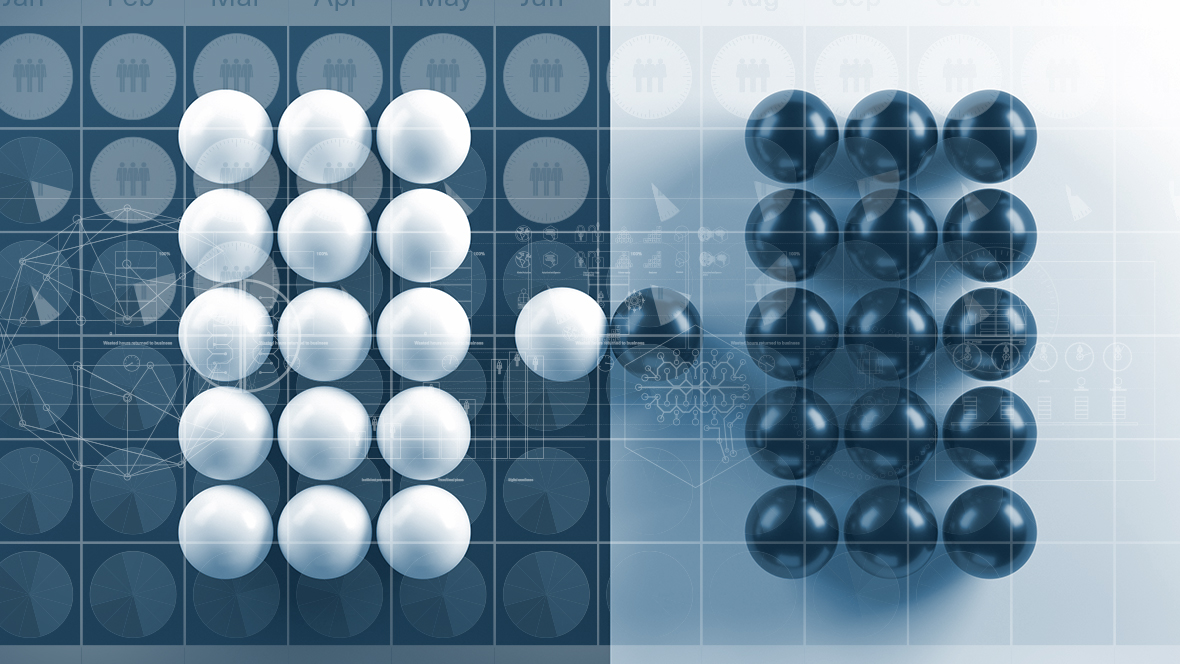What are front and back-office applications?
Front and back-office applications are terms commonly used to describe different types of software and systems within an organization that serve distinct functions related to customer interactions and internal operations.

These terms are often associated with the customer-centric approach of businesses, focusing on providing excellent customer experiences while efficiently managing internal processes.
The distinction between front and back-office applications is not always absolute, as there can be interactions and data exchange between the two. A seamless integration between these applications is crucial for providing excellent customer experiences while ensuring smooth internal operations. The goal is to create a cohesive ecosystem where customer interactions and internal processes work harmoniously to achieve the organization’s objectives.
Front Office Applications: Front office applications are software and systems that directly interact with customers and manage customer-facing processes. These applications are primarily responsible for customer engagement, communication, and relationship management. Some common examples of front office applications include:
- Customer Relationship Management (CRM) Systems: These systems manage customer data, interactions, and communication, helping businesses build and maintain positive relationships with their customers.
- Sales and Marketing Automation: These applications assist in managing sales leads, campaigns, and customer interactions, streamlining the sales and marketing processes.
- Contact Center and Customer Support Software: These tools enable businesses to handle customer inquiries, complaints, and support requests efficiently.
- E-commerce Platforms: Platforms that facilitate online sales and transactions, allowing customers to interact with products and services directly.
- Web and Mobile Applications: User-facing interfaces that allow customers to interact with a company’s products, services, and content.
Back-Office Applications: Back-office applications are software and systems that handle internal operations and support functions necessary to run a business efficiently. These applications typically focus on processes that are not directly customer-facing but are essential for the overall functioning of the organization. Examples of back-office applications include:
- Enterprise Resource Planning (ERP) Systems: These systems manage various business processes such as finance, human resources, procurement, inventory, and supply chain management.
- Financial Management Software: Applications that handle accounting, financial reporting, budgeting, and financial analysis.
- Inventory and Supply Chain Management: Software that tracks and manages inventory levels, orders, and the movement of goods through the supply chain.
- Human Resources Management Systems (HRMS): Systems that manage employee data, payroll, benefits, recruitment, and performance evaluations.
- Internal Communication and Collaboration Tools: Software that facilitates communication and collaboration among employees and teams within the organization.
- Workflow and Process Automation: Tools that streamline and automate internal processes, reducing manual work and increasing efficiency.
